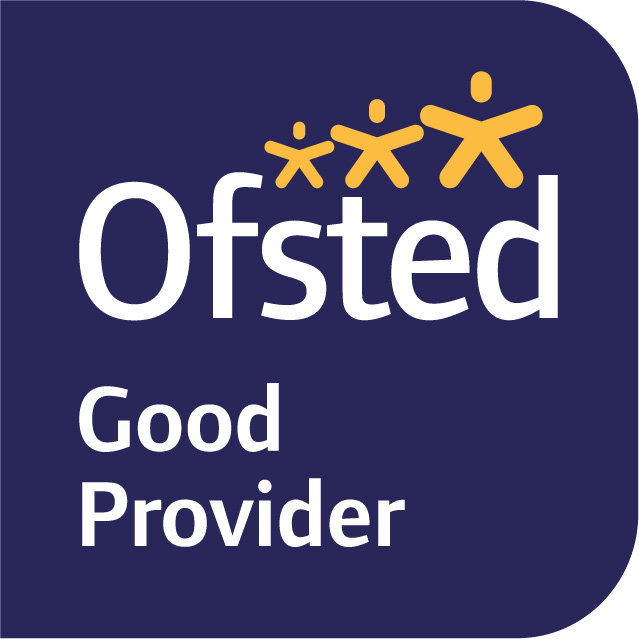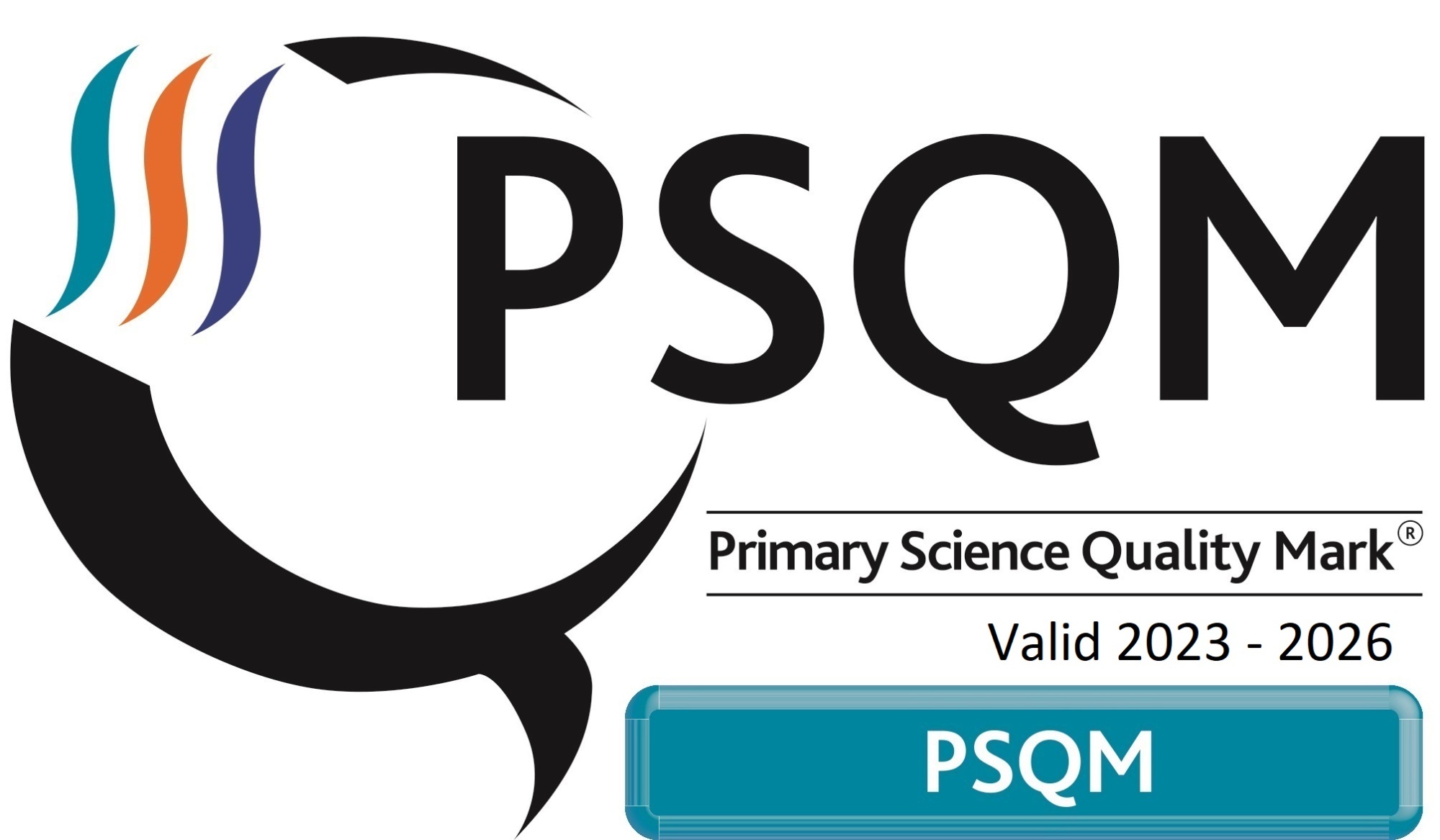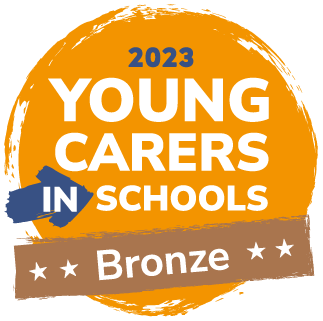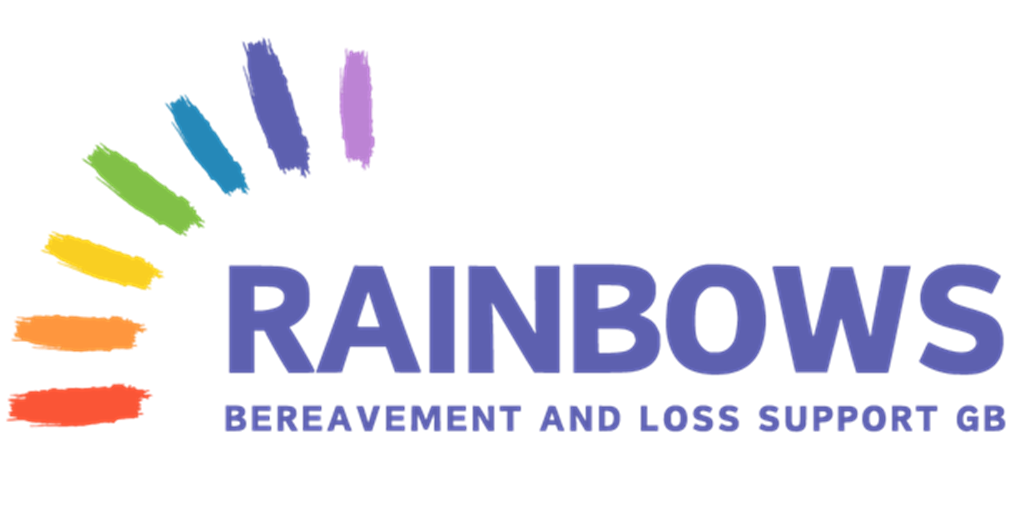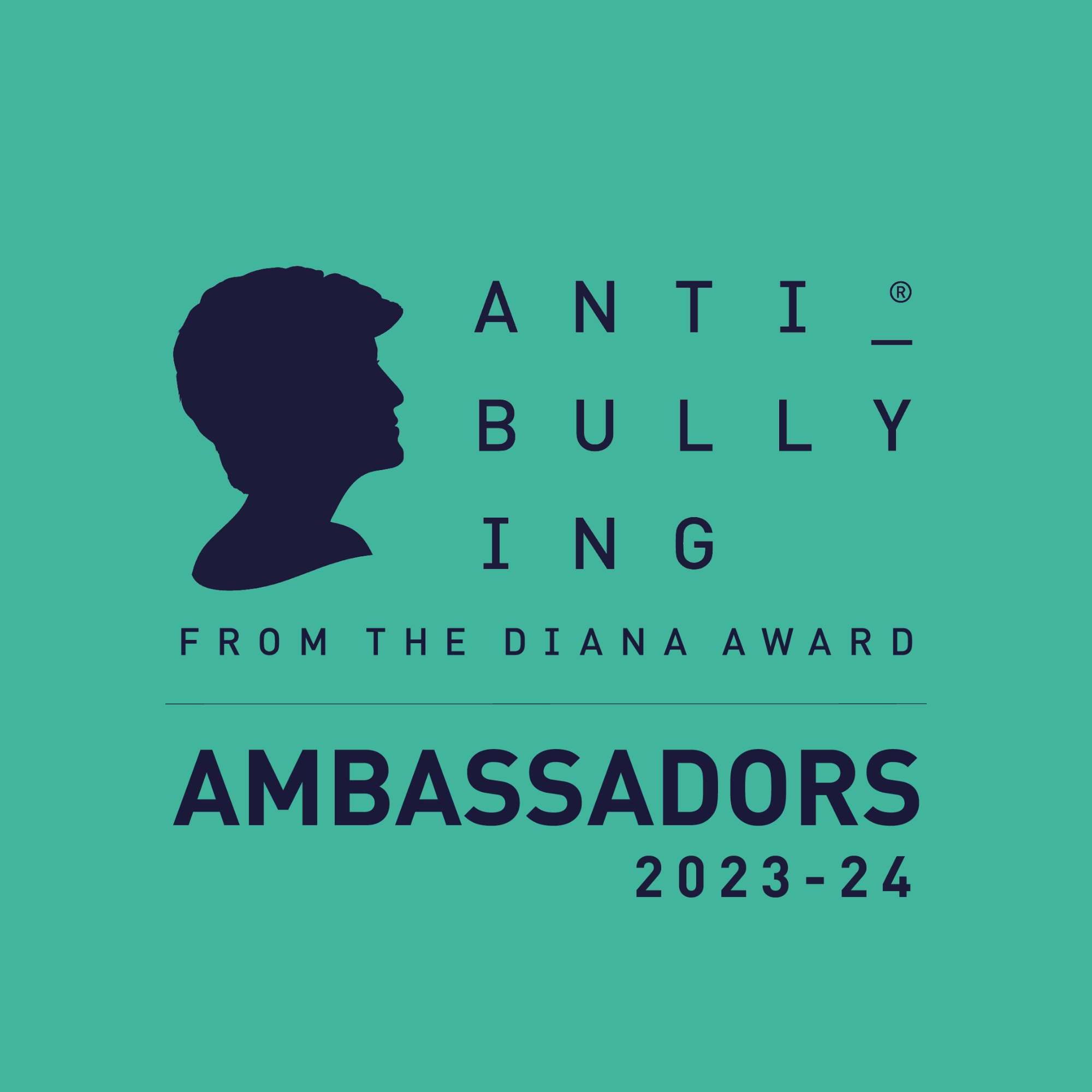EAL
English as an additional language (EAL) offer at William Byrd Primary Academy
Our vision
At William Byrd Primary Academy, we are proud that 14 out of 17 ethnic groups are represented amongst our staff and pupil body, and that within our community we speak 48 languages. We feel the multilingualism of our children and staff enriches our school and our community.
As a school, our first priority is language acquisition for all and immersion in a literacy, oracy and language rich curriculum and environment that allow all learners to reach their full potential in English and in their home language. A key focus of our British Values is on celebrating the multiculturalism and diversity that we are so proud to represent. We celebrate all major events and festivals belonging to a diverse range of faiths, beliefs and cultural identities.
Learners with EAL have a dual task at school: to learn English (language) and to learn through English. Our EAL pedagogy is underpinned by the following principles:
- Bilingualism and multilingualism are an asset.
- Challenge and expectations of work set should be kept appropriately high.
A Warm Welcome
At William Byrd, when any new child joins the school, the following process will happen:
- A buddy is paired up with the child
- The class community hold a social time to welcome the newcomer
- A RWI/Fresh Start assessment is carried out to determine their reading group, which will allow for a ‘stage not age’ approach
Initial Assessment
For children who speak English as an additional language:
- An Initial EAL Assessment is undertaken to determine what level of intervention they require
- A new starter pack, including key vocabulary, is given to the child to use within school and take home to annotate in their own language
Following the EAL Assessment, pupils are matched to one of two pathways: Complete Immersion or Survival English Intervention.
Complete Immersion
For many of our pupils, who speak additional languages at home but have a foundation in the basic principles of English grammar and school vocabulary, intervention takes place in the form of classroom immersion with their peers, and through differentiated quality first teaching.
Classroom organisation
The different aspects of classroom organisation – resources, displays, seating arrangements, and the management of learning support assistants, all contribute to the support of EAL learners. These include language role-models for talk partner or paired work, and a range of dictionaries, books and texts throughout the classroom that promote a love of language and literature.
On-going differentiation and scaffolding
For EAL learners, the key to accessing the curriculum lies in how teachers tailor teaching content to make it accessible for all. Through displays, print-outs of slides, visual prompts, guided support, picture and word prompts, and physical props or materials, children are supported to understand the lesson content at an age-appropriate level.
Language focus
All pupils need to understand and be able to use the language of the curriculum to achieve at or above age expectations. Through clear modelling and frequently repeating of new vocabulary and language structures, guided and pre-teaching of new or unfamiliar vocabulary, and regular checks on understanding, language learning is core to our teaching approach.
Survival English Intervention
For children whose initial assessment places them as unable to make rapid gains within the immersive approach alone, further intervention is offered. We deliver small group daily sessions to accelerate pupils in the beginning of their language journey. The focus of these are to offer a survival English pathway to equip children with the language tools for basic interactions, simple grammatical structures, everyday language and starter vocabulary that they require to fully access the differentiated curriculum within the mainstream classroom.
Children initially have a 40-minute session per day in a combination of age and ability groups. These are focused on modelling and rehearsing phrases, sentences, and new vocabulary in English, with slow and emphasised teacher demonstration matched by many opportunities for paired and group dialogue and role-play of everyday scenarios. As they progress, these may reduce to fewer or shorter sessions. This is supplemented by access to an online programme called The Learning Village, which follows the same lesson pathway as the intervention. Teachers set work that can be accessed and followed at pupils’ own pace within their class alongside differentiated teaching and scaffolds. Teachers also use this programme to set work and prepare resources linked to curriculum topics and to allow pre-teaching of vocabulary.

